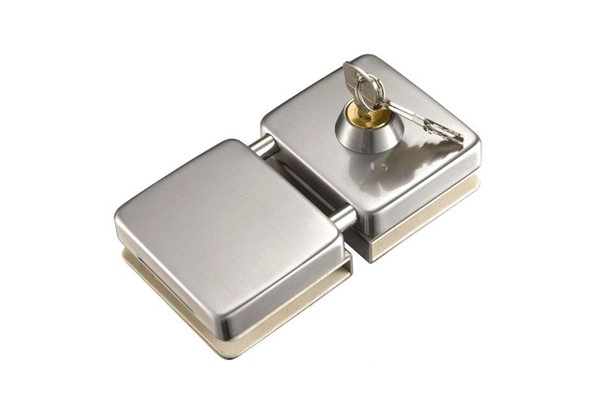This technical article illustrates the precautions before and after polishing for locks set.
1. The workpiece must go through the drying processing before polishing, in order to avoid that solution is diluted by water and therefore affect its glossiness.
2. After polishing, the workpiece should be put in at room temperature, dry 400~500 g/l nitrate or in the 100~200 g/l Lattice inebriate solution in a few seconds to 10 seconds to remove the surface metal. Except for mechanical prime light and chemical polishing, it also has electrolytic polishing. Electrochemical polishing is a process used to improve the surface smoothness, brightness and cleanness of metal workpiece with electrochemical method. It can improve the corrosion resistance and light reflectivity of materials. Compared with mechanical polishing, it also has many advantages such as high production efficiency, convenient operation, low labor absorption degree, and easy recycling, etc. But it cannot remove the deep scratches and other defects of workpiece, as well as the abundant metal inclusion. With short-period service life and difficult regeneration of electrolyte, electrolytic polishing, with high cost, is subject to certain restrictions.
1. The workpiece must go through the drying processing before polishing, in order to avoid that solution is diluted by water and therefore affect its glossiness.
2. After polishing, the workpiece should be put in at room temperature, dry 400~500 g/l nitrate or in the 100~200 g/l Lattice inebriate solution in a few seconds to 10 seconds to remove the surface metal. Except for mechanical prime light and chemical polishing, it also has electrolytic polishing. Electrochemical polishing is a process used to improve the surface smoothness, brightness and cleanness of metal workpiece with electrochemical method. It can improve the corrosion resistance and light reflectivity of materials. Compared with mechanical polishing, it also has many advantages such as high production efficiency, convenient operation, low labor absorption degree, and easy recycling, etc. But it cannot remove the deep scratches and other defects of workpiece, as well as the abundant metal inclusion. With short-period service life and difficult regeneration of electrolyte, electrolytic polishing, with high cost, is subject to certain restrictions.


 Español
Español 中文
中文